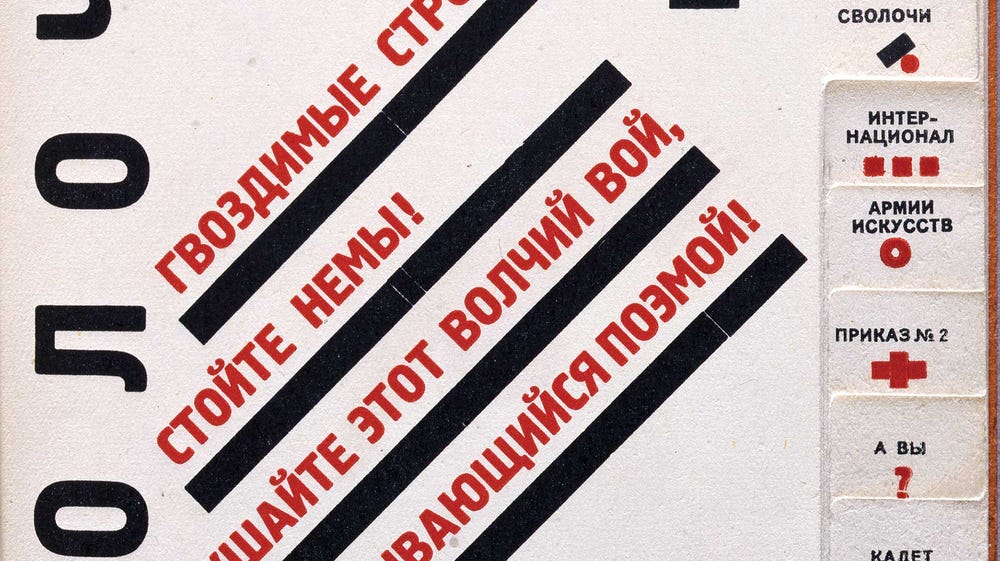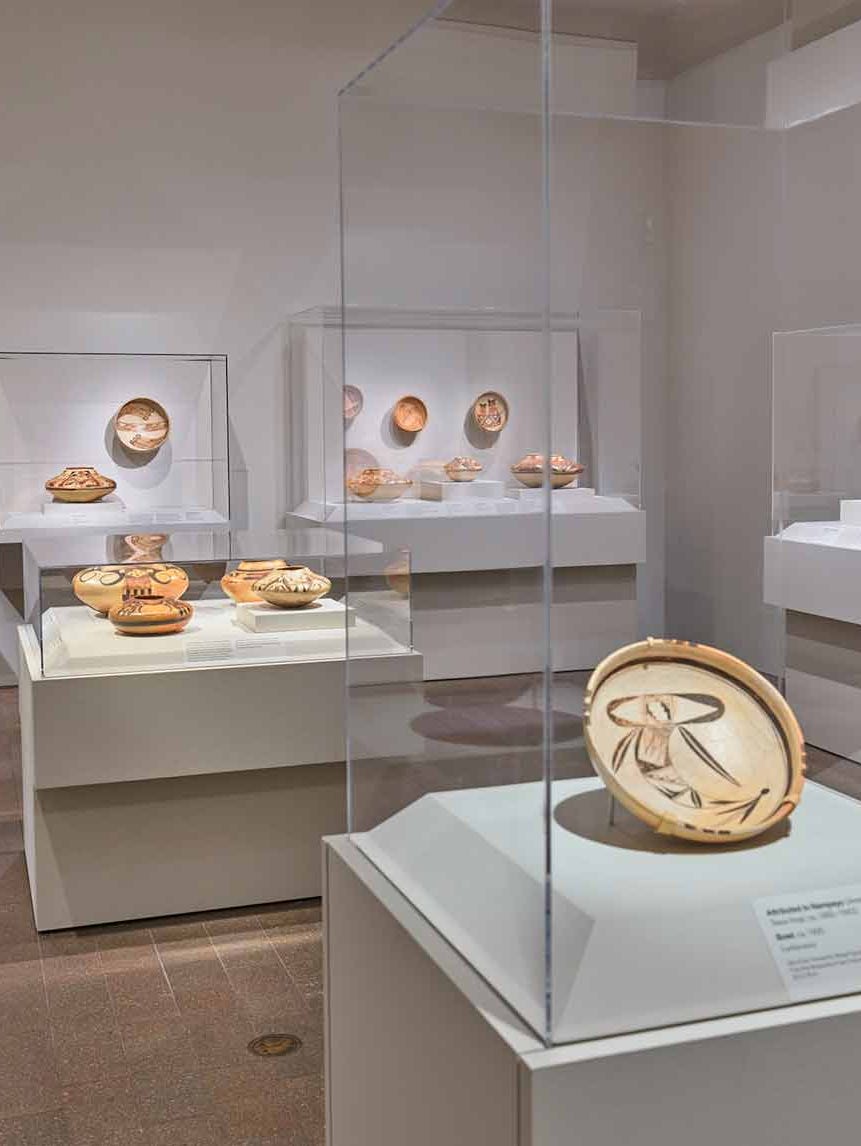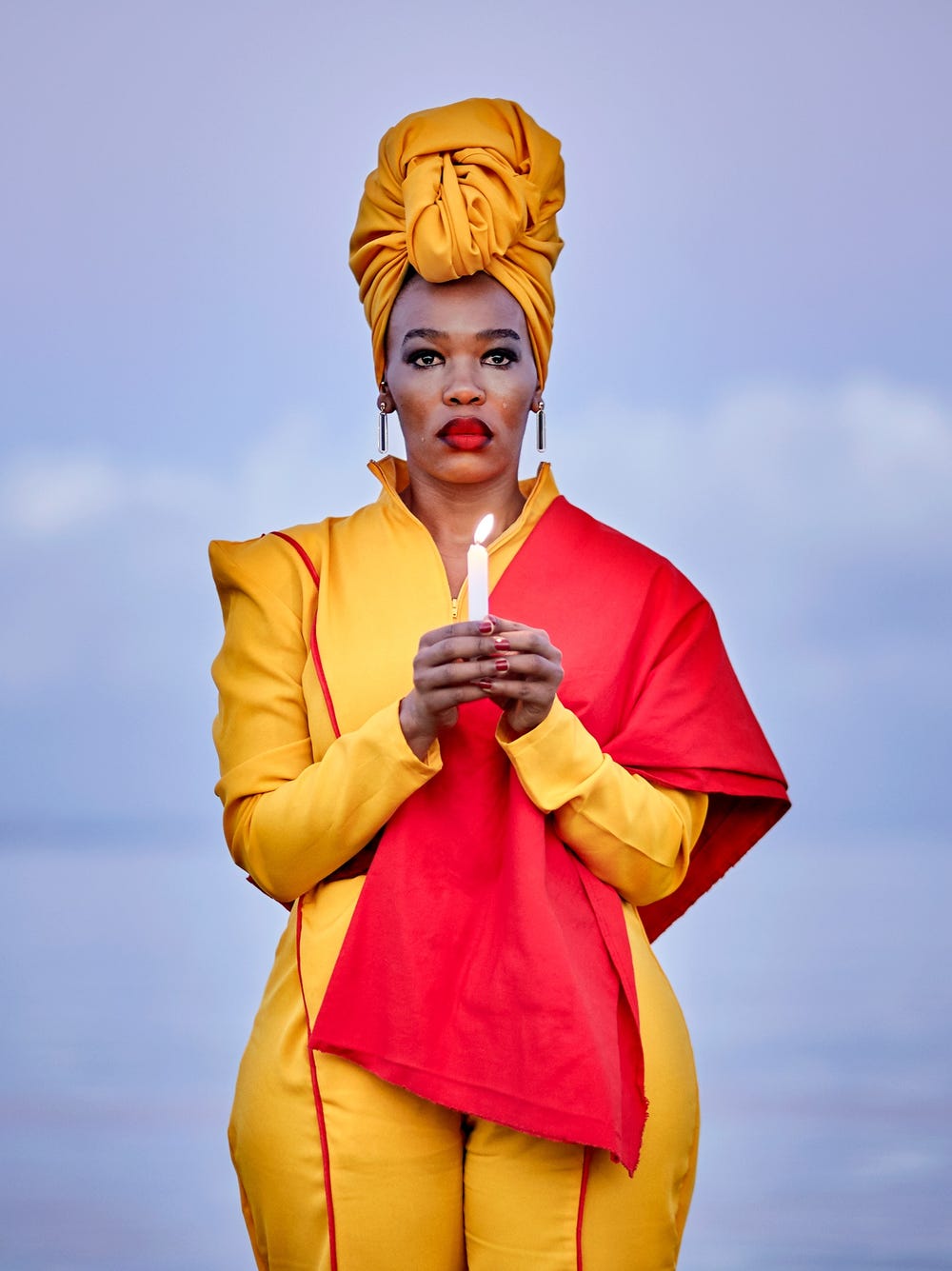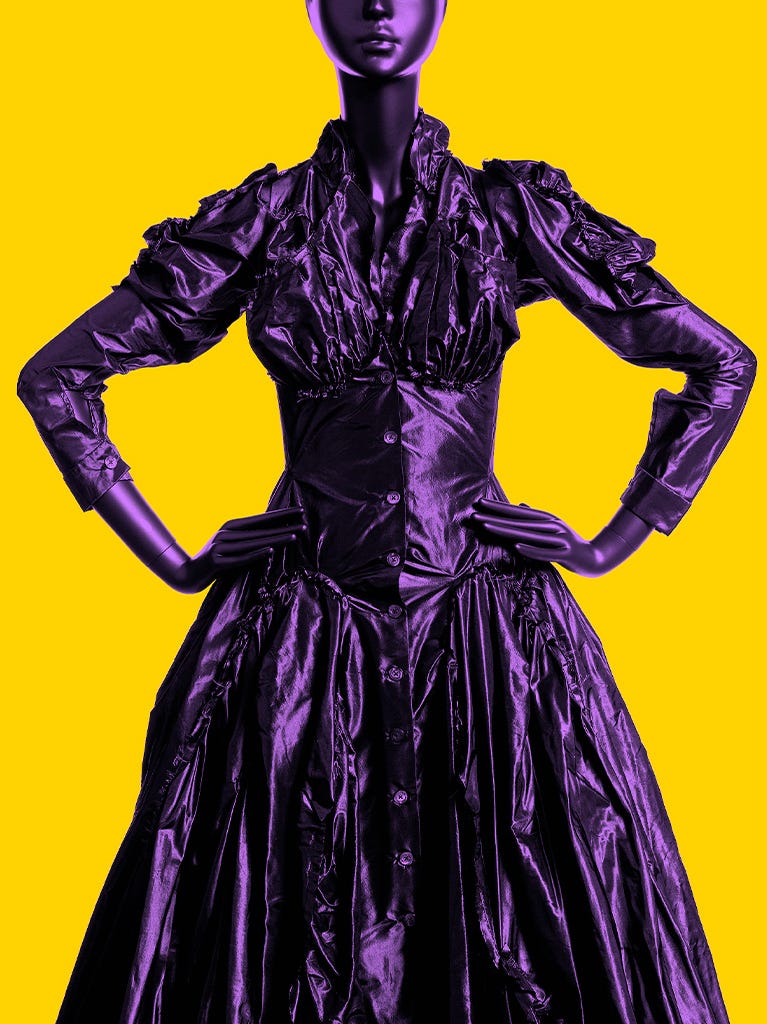Historic Futures: Artists Reinvent the Book
Jump to
The lineage of the artist’s book descends from the common impulse to use pictures to tell stories. This connection has held constant from Paleolithic cave paintings onward, through the emergence of the artist’s book as a recognized creative medium in the twentieth century. Historically, artists have used the familiar elements of the book form — paper, printing, binding — as opportunities for expression and reinvention, sometimes challenging our notion of what a book can be. Historic Futures features examples documenting key moments in the evolution of the artist’s book from the late 1700s to today.
During the social and political upheavals of early twentieth-century Europe, avant-garde artists, poets, and designers re-imagined the book radically. This exhibition features Dlia Golosa (For the Voice), the 1923 collaboration by El Lissitzky and Vladimir Vladimirovich Mayakovsky that was groundbreaking in its compositional interpretations of poetry; Filippo Marinetti’s wild typographic transgressions, as exemplified by his Les mots en liberté futuristes (Futurist Words in Freedom, 1919); and LidantYU (1923), an early book by publisher and artist Ilia Zdanevich (Ilazd), with a text composed in Zaum, a Russian Futurist–invented language.
The exhibition continues with contemporary works, including Musashimaru (2013), by German artist Veronika Schaepers, whose treatment of a short story by Japanese author Choukitsu Kurumatani creates an immersive environment for reading. Examples such as this demonstrate how artists continue to approach the book as a medium still offering myriad possibilities for the creative imagination.



